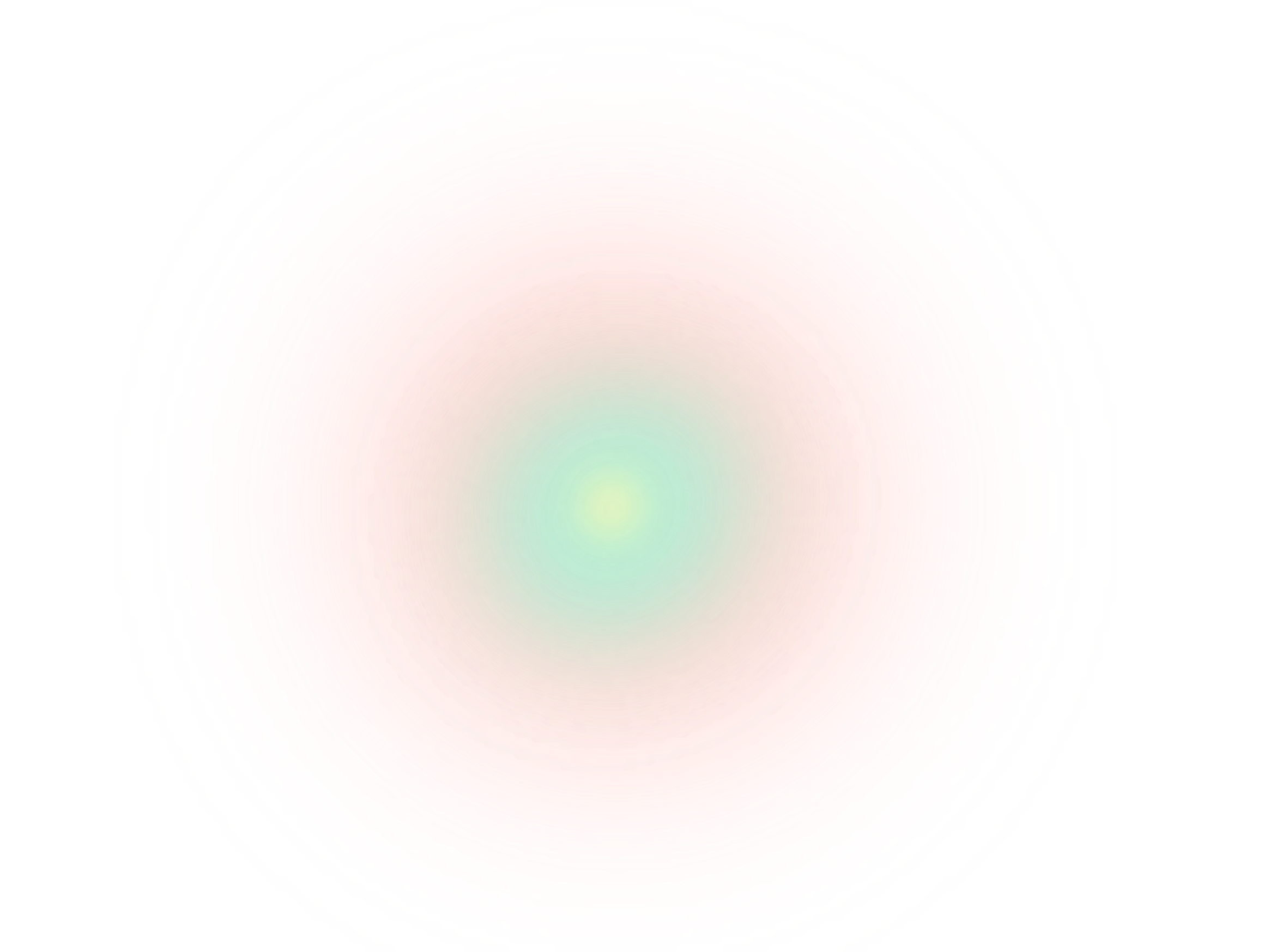*This is the theme of my open toolkits course last semester. I’m so interested in this that I’m blogging about it this week. The following is the text.
About dreams and the unconscious mind
If dreams and the subconscious are taken as the narrative theme of the exhibition, the role of the curator will not only be the organizer of the art works, but also the “guide” to guide the audience into the “dream” and deep into different levels of consciousness. As a kind of mapping of the human subconscious, dreams provide a way of perceiving beyond the logic of reality (dreams are often chaotic and illogical). This makes the curatorial practice with this theme need to break through the traditional curatorial framework and build a more immersive and emotionally resonant exhibition atmosphere and space for the audience with a more experimental curatorial approach.
Dreams are the source of inspiration for the exhibition narrative
Dreams have the characteristics of fragmentation, symbolization and nonlinear narration, which is very consistent with the popular surrealism, abstraction and experimental expression in contemporary art. Artistic creations inspired by dreams often present sensory images of subconscious flow. On this basis, the curator can introduce the audience into an immersive experience similar to a dream through space layout, light and shadow application and multi-sensory curatorial design.
Subconscious and audience experience
In addition to the display and spatial layout of artworks, curators also need to explore how to stimulate the subconscious experience of the audience. In the exhibition, specific sensory stimuli (such as light and shadow changes, environmental smells, white noise, etc.) can be used to trigger the audience’s memory of a specific scene, making it enter a fragmented retrospective state for a short time. In addition, cultural resonance with the audience can also be created through symbolic symbols, cultural background narration and other forms. In contemporary art curation, virtual reality (VR) and augmented reality (AR) are also applied in curatorial practice. This kind of high-tech display can simulate the dream experience for the audience more directly.
References:
Carl Gustav Jung, and Delin Xu. 原型与集体无意识 = the Archetypes and the Collective Unconscious / Yuan Xing Yu Ji Ti Wu Yi Shi = the Archetypes and the Collective Unconscious. 国际文化出版公司, Beijing: Guo Ji Wen Hua Chu Ban Gong Si, 2011.
Freud, Sigmund. The Interpretation of Dreams ; and on Dreams : (1900-1901). London: Hogarth Press, 1995.
Halbwachs, Maurice. On Collective Memory. 1925. Reprint, Chicago: University of Chicago Press, 1992.




